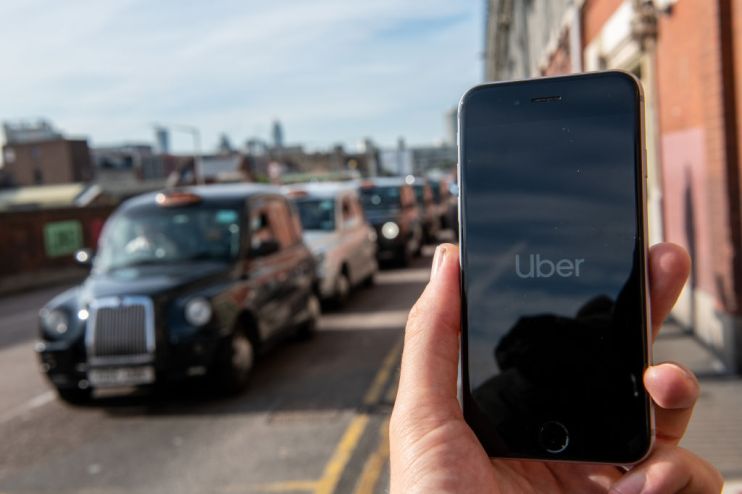Uber’s treatment of workers wasn’t sustainable, but the ruling shouldn’t be the downfall of the gig economy

This week we saw Uber’s lengthy court battle with regulation come to an end, as the Supreme Court ruled that it must classify its drivers as workers, entitling them to minimum pay, holiday and pensions.
The debate around the welfare of gig economy employees has been on the agenda for a good few years now, and rightly so.
Uber’s initial proposal was to offer a frictionless route to employment in a time when so many were in need of work. But because Uber was operating in a market with low barriers to entry and thus inviting quite aggressive competition, it has led to a race to the bottom in some markets rather than inspiring a revolutionary alternative to employment.
Many have said the ruling sounded the death knell of the gig economy model in the UK, as other businesses were warned against going down a similar route.
The conditions for workers under Uber’s system were unacceptable. But the broad stroke condemnation of all other gig economies is misguided.
There are, in fact, many different types of gig economy models and jobs that empower workers in ways that full-time employment historically has not. The bad PR generated from big tech doesn’t mean we should write the concept off altogether.
The gig economy has been alive and well in the UK for years now, across a host of professional services, not just the services industry where it has been popularised. There are more than 4.3 million self-employed workers in the UK, and half of them are categorised as “higher skill” level. Technology is being used to facilitate this model across a range of professional services. Law firms, such as Keystone Law, allow self-employed lawyers to pick up projects as they choose and LinkedIn recently announced the launch of Marketplaces, a service connecting freelancers across a range of professional services with work.
The past year has dramatically altered attitudes to work and what we accepted as the status quo. It’s shown us that we don’t have to be tied to our desk in one location from nine to five, five days a week.
A new generation of workers were already keen to explore this liberation from the office and one ‘job for life’, even before Covid-19. A portfolio career approach has been supplanting a steady climb up the ranks in one firm. We are also seeing a record-breaking desire to go it alone, particularly in the tech sector where a new business was created every 30 minutes in the UK in 2020. Professional gig economy work can and does support this.
I’ve seen first hand through my own business, which taps into 2,400 self-employed experts around the world, how flexible working benefits people. It provides freedom to live wherever you want, whenever you want. After a year of remote working, there will be extra pressure on businesses who employ self-employed workers to expect them to be based around one location, such as London.
Uber’s achilles heel was the poor financial remuneration for long hours. But the ride-sharing app’s foibles should not taint the ability of other workers, and businesses, to access and utilise the gig economy to their own advantage.
When the power is given to the worker, not held by the company, then there is an opportunity to set your own rates and manage your own hours. Flexible hours also enable parents, or those with existing commitments that exclude them from a normal nine-to-five, to work on their own terms.
It’s not only the workers that benefit, however. Businesses adopting this model gain access to diverse talent and a huge range of specialisms exactly when they need it.
It’s high time that the gig economy underwent a rebrand, ditching its associations with tech giants and embracing a new breed of entrepreneurial-minded individuals. If businesses can empower gig economy workers to do things on their own terms, by their own rules, and are set up to stay that way, then it can play a central role in the future of work.